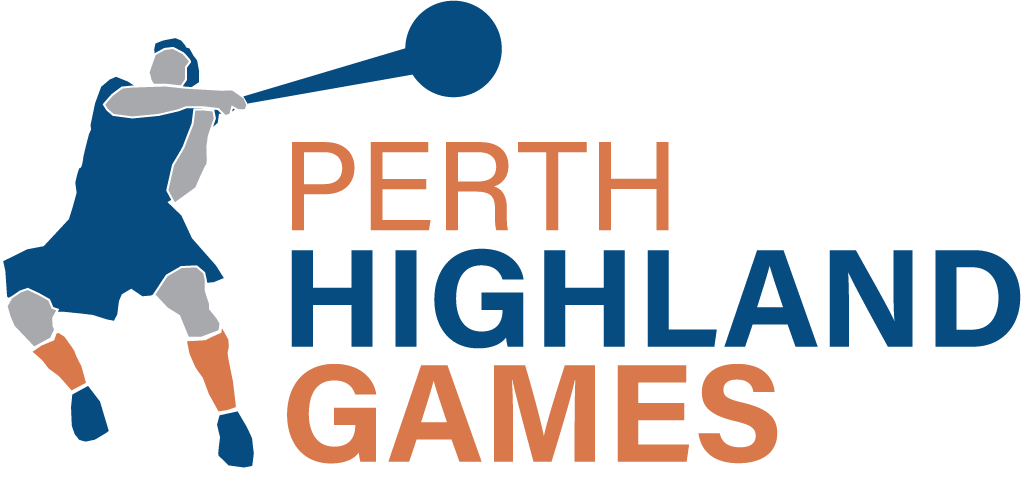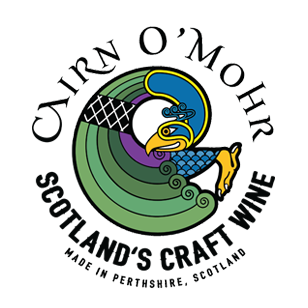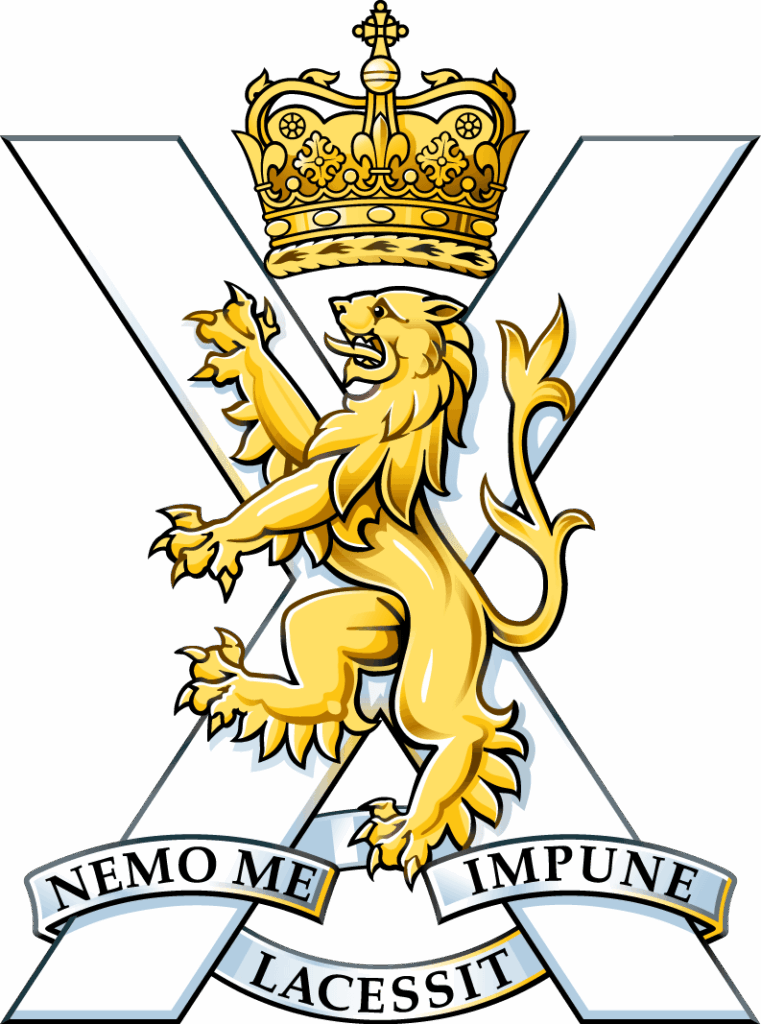HISTORY
THE EARLY GAMES: 1826
The earliest records of Highland Games in Perth reveal an event that attracted around 10,000 people, held on the North Inch on Saturday 5th October 1826.
“Billed as a “Highland Games and Sports Carnival”, with musical entertainment provided by the Perth Trades Band, the 1925 Games had an admission price of one shilling”
We also found information about Highland Games held at St Johnstone Football Club in 1925 and even located the gamesday programme for the event.
The programme for the day included athletics, cycling, heavyweight and highland dancing competitions along with a 5-a-side football tournament. The prize money must have been very attractive to competitors – £10 was on offer to the winner of the 100 yard sprint; that’s the equivalent spending power of nearly £300 today.
Competitors came from far and wide, including Pat Davies, a South African champion sprinter. The star feature of the afternoon was the cycle championship in which J Cunningham from New Gilston ‘kept the crowd entertained with some very fine performances and in particular in the nine mile championship event when the crowd cheered to the finish’.
St Johnstone FC fielded two teams in the 5-a-side competition but failed to secure the premier honours. The Saints first team of Ellis, Lackie, Pender, McClure and Ferguson lost to Celtic, while the second team of Hart, Swallow, Kelly, Fleming and Thomson succeeded in reaching the semi-final but lost to Raith Rovers, who went on to win the competition by beating Rangers 2-1.
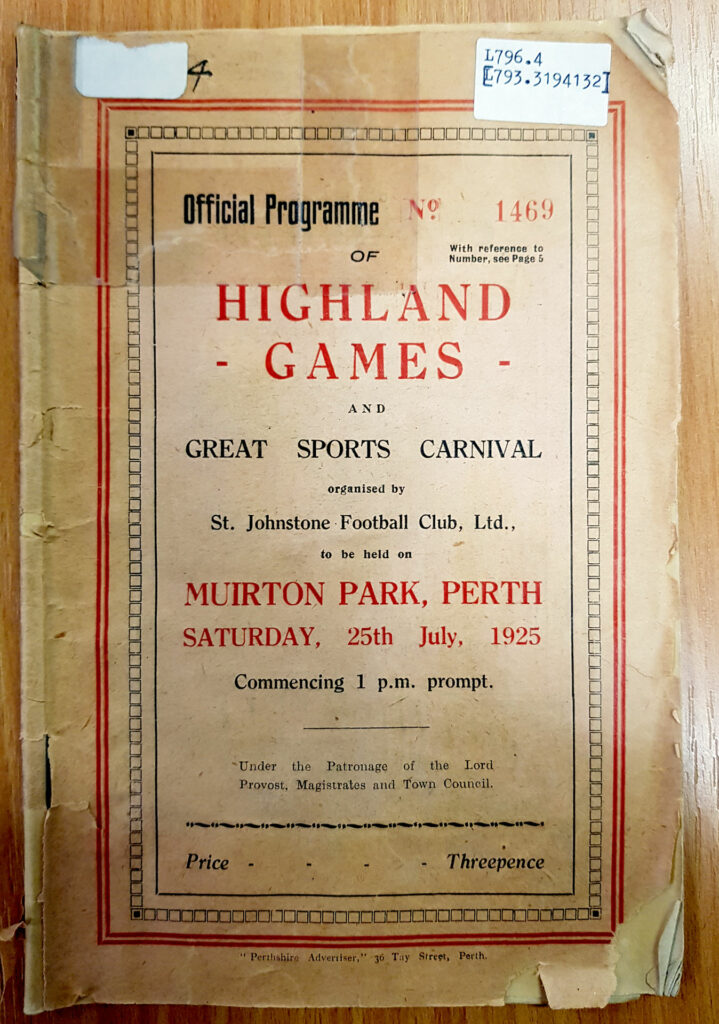
Image above courtesy of Perth Library
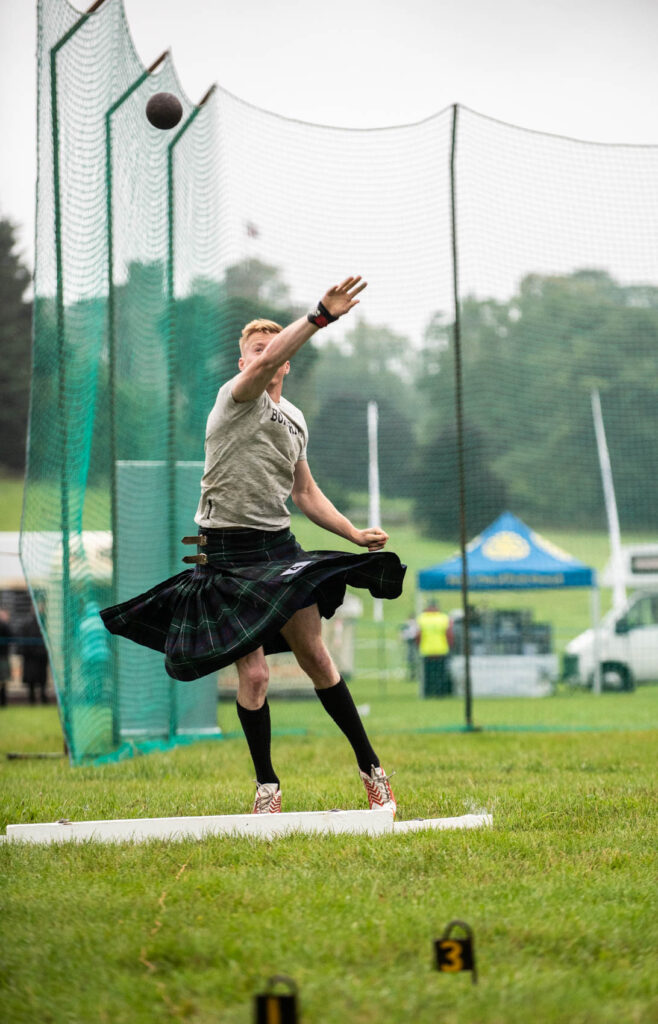
MOVING FORWARD...
The Games were held again in 1933 but they were held on the same day as Crieff Highland Games and Crieff won the battle for the crowds. The Games were not to feature in Perth again until 1977 when the Perth Highland Games Association, in conjunction with the Junior Chamber, arranged for the Games to be set up again. Ewan Cameron from Lochearnhead was the first Chieftain of the modern era.
“Held on the second Sunday of August, Perth Highland Games are now a very popular fixture in Scotland’s annual Highland Games circuit”
From 1977 to 1999 they were held in the South Inch public park but they had to relocate to the grounds of Scone Palace in 2000 and 2001 due to the construction of major flood prevention works along the Tay in Perth. They returned to the South Inch in 2003 but heavy rain caused major problems – in 2007 the Games had to be cancelled at short notice and in 2008 they had to be transferred to Perth Racecourse. In 2012 the Games moved to the North Inch, and in 2018 relocated to their current location at Scone Palace parklands.
Attracting average crowds of over 5000 every year, the Perth Games provide a great day’s entertainment with a full range of traditional events, including cycling, track events, highland dancing, pipe band and heavyweight competitions. In recent years the Perth Games has hosted major national and international championships for pipe bands, cycling and tug-of-war. In 2013 the Games was part of Perth’s ‘Big Weekend’ of community events celebrating life in the Fair City. The weekend included the Kilt Run, which saw over 1300 kilted participants taking part in a record-breaking fun run around the City. Perth Highland Games was then held on North Inch on the Sunday, rounding off a great weekend in the Fair City.
